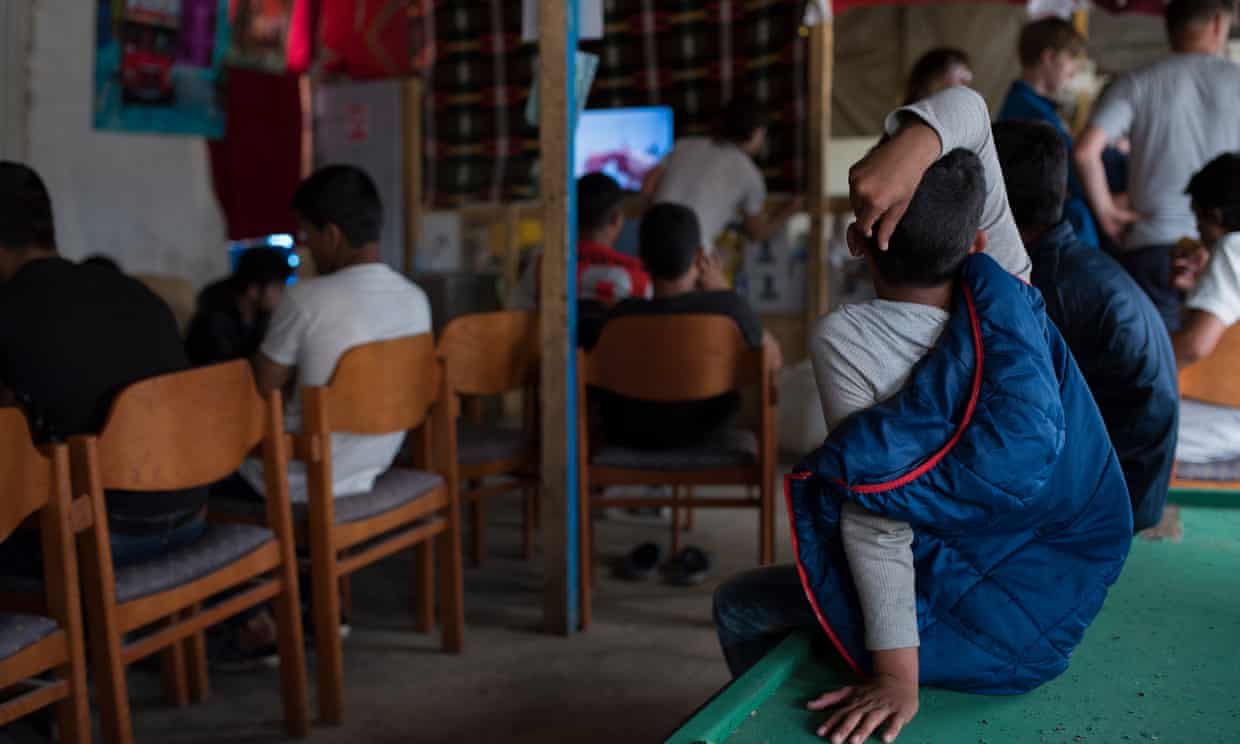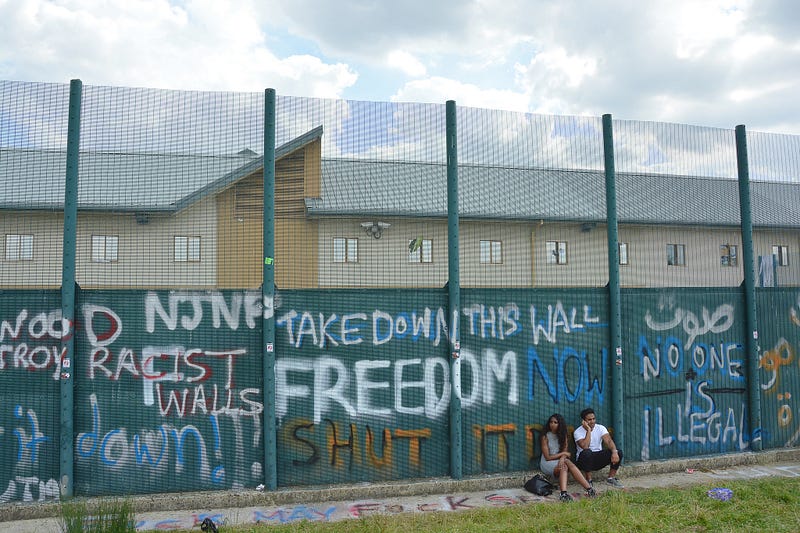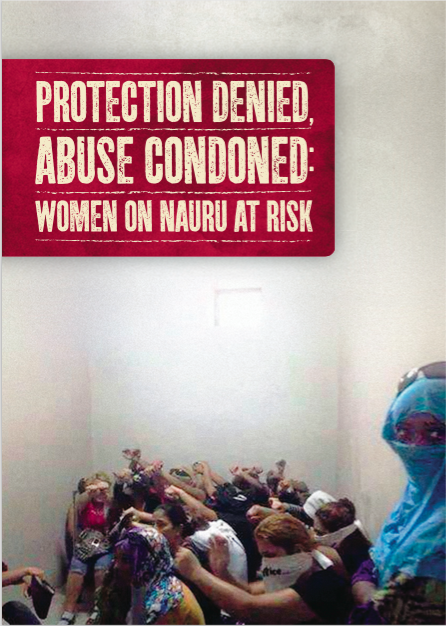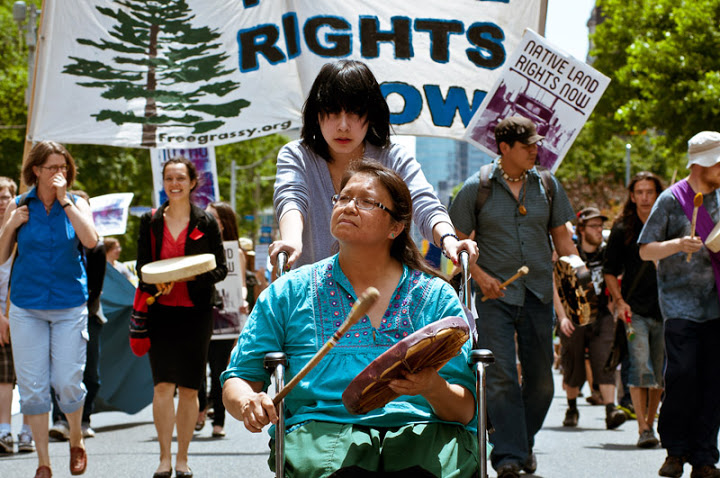
Domestic workers stage a protest in Jharkhand
For the last decade, domestic workers in India have organized to assert their dignity and rights as women, workers, and women workers. They have forced unwilling legislators to pass various laws. Numerous commissions have produced reports. At the same time, the conditions of domestic workers in India has stayed the same or worsened, because the State has refused to recognize them as workers, citizens or humans, and because that refusal is understood as `failure’. It’s not failure. It’s a consistent and persistent State policy to write low-income women workers under erasure. The State holds them on a string over an abyss, and then charges them for the gift of ever-intensified precariousness. Domestic workers as citizenship and humanity denied are not so much the face as the body of urban development in the new world disorder.
In the last days of 2009, Mumbai’s bais, or domestic workers, received a modicum of recognition when the state of Maharastra passed the Domestic Workers’ Welfare Board Bill. Maharastra was the seventh state to pass a domestic workers’ bill. At that time there were an estimated 500,000 domestic workers, mainly women, in Mumbai alone, and over a million across the state. Domestic worker unions and associations had been lobbying for such a bill for twenty years. Meanwhile, “State labour minister Nawab Malik, though, has termed this a `welfare measure’, adding that enforcement (punishment for violation) would not be considered at this stage.” The rule of law has always translated domestic workers into recipient-clients of welfare. In the intervening years, in terms of enforcement, nothing has changed for domestic workers.
Indian domestic workers figure prominently in the news as surrogate mothers or as trafficked workers but seldom as simply workers. Domestic workers are the bricks of the construction of global cities, in India as elsewhere, and the epicenter is Delhi: “Women from tribal regions are considered to be hard working, honest, simple, docile, and unaware of market demands and are in great demand. A higher wage in the metropolitan than what they would otherwise get in their state attracts a large number to migrate to Delhi, Calcutta or Mumbai. The Delhi metropolitan is their most preferred destination. In Mumbai and Calcutta the locals from the surrounding areas take up domestic work but the Delhi locals are generally well-to-do and have opportunity to take up other work thus leaving the domestic work on the migrants. Another reason for high demand for domestic workers in Delhi is because of high concentration of business head offices, IT businesses, banking firms employing men and women in highly paid, skilled, professional work. The upkeep of these professionals working long hours is only possible because of the support of host of low paid workers. Amongst many such workers are the domestic workers – the house cleaners, care takers of children and elderly relatives of the high paid professionals. Urban professionals transfer a growing share of ‘domestic’ work to the market place by hiring labour themselves. Today many middle class women are doing higher skilled waged work and employing migrant poor women `maids’ to do the domestic work. In some cases it is seen that keeping a house helper has become a status symbol and women from affluent background have withdrawn themselves from household duties. Thus in the shadow of these growth sectors there is growth of low-paid low-status workers, who are often migrant and to sustain its urban population Delhi needs to import domestic workers from impoverished tribal hinterland.”
That hinterland is Jharkhand. A recent ILO report examined two of the most frequented migration routes for female domestic workers: Kerala to the Arab countries and Jharkhand to New Delhi. The report found that, along with the typical push factors, the Jharkhand-to-Delhi pipeline was increasingly dominated by unscrupulous labor agents, who charge employers high placement fees, charge workers with dubious travel costs, and trap workers in eleven-month contracts.
Two aspects stand out in the ILO report. First, there is no law regulating the recruitment of domestic workers in India. Second, there is little or no data on the conditions of labor, employment or anything concerning the largely tribal and adivasi women who travel from Jharkhand to Delhi and back. Why? Because the State actively does not care about women caregivers.
While organizing and advocating, women workers are also refusing: “When an employer repeatedly pressed Lata to take up domestic work at his house in place of an older worker, she refused to take up that job, although it would have added to her income. She questions why older workers are not hired. It’s not as if domestic workers get pension.” Lata refused, and in so doing bound herself to the older woman she was meant to displace.
The story of domestic labor is one of migration, and as much of that migration occurs within borders as across. The violence of invisibility visited upon domestic workers is a function of their gender, of being-women, of women doing `women’s work’ which is considered no work at all. In India, women domestic workers are saying NO! As workers and as women, they want the protections they deserve, but that’s only the beginning. Each refusal is an articulation of power. In India today, women domestic workers are organizing for power beyond protection. Delhi needs Lata, and Lata knows that.
(Photo Credit: Hindustan Times)











